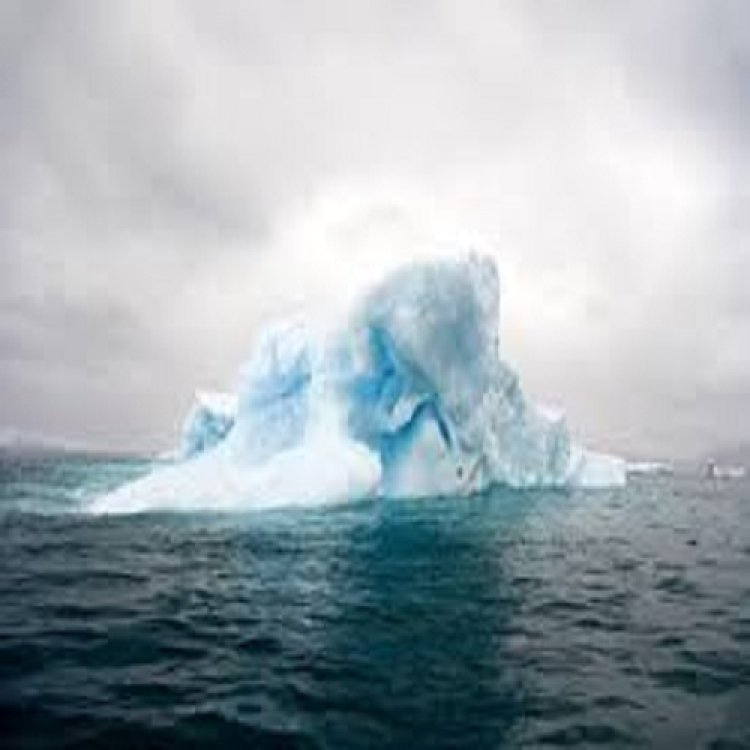Optimizing Ballast Water Sensors for Compliance and Efficiency
Proper calibration of ballast water sensors is essential for maintaining regulatory compliance and ensuring environmental safety. These sensors play a critical role in monitoring the quality of ballast water discharged from ships, which directly impacts marine ecosystems. This guide explores the importance of ballast water sensor calibration and provides insights into best practices.
Share this Post to earn Money ( Upto ₹100 per 1000 Views )

Why Is Ballast Water Sensor Calibration Important?
What Is the Role of Ballast Water Sensors?
Ballast water sensors detect parameters such as salinity, temperature, pH levels, and the presence of invasive species or microorganisms. Accurate readings are crucial for:
-
Regulatory compliance: Ensuring that ballast water meets international standards like those outlined by the International Maritime Organization (IMO).
-
Environmental protection: Preventing the introduction of non-native species into marine ecosystems.
-
Operational efficiency: Avoiding delays and penalties during port inspections.
What Are the Risks of Inaccurate Sensor Readings?
Uncalibrated or improperly calibrated sensors can result in:
-
False compliance reports
-
Fines or operational delays
-
Environmental harm due to unregulated discharge
How Is Ballast Water Sensor Calibration Performed?
What Tools and Equipment Are Required?
To calibrate ballast water sensors, you need:
-
Certified calibration solutions for parameters like salinity and pH
-
Reference thermometers and pressure gauges
-
Manufacturer-provided calibration kits and software
What Are the Key Steps in Calibration?
-
Preparation:
-
Gather all necessary tools and documentation.
-
Ensure the sensor and surrounding equipment are clean and free from debris.
-
-
Baseline Testing:
-
Test the sensor’s current accuracy using reference equipment.
-
Record initial readings for comparison.
-
-
Adjustment:
-
Use certified solutions to recalibrate the sensor according to the manufacturer’s guidelines.
-
Make adjustments to align readings with known standards.
-
-
Verification:
-
Re-test the sensor to confirm accuracy.
-
Document all results for record-keeping and compliance purposes.
-
How Often Should Calibration Be Conducted?
Frequency depends on:
-
Manufacturer recommendations: Often outlined in the sensor’s manual.
-
Operational conditions: Sensors exposed to extreme conditions may require more frequent calibration.
-
Regulatory requirements: Check local and international mandates for specific guidelines.
Best Practices for Ballast Water Sensor Calibration
How Can Ship Operators Ensure Effective Calibration?
-
Regular training: Equip crew members with the knowledge and skills to perform calibration.
-
Routine maintenance: Inspect sensors regularly to identify issues early.
-
Data logging: Maintain detailed records of calibration dates and results for audits.
What Are the Common Challenges?
-
Access issues: Some sensors are located in hard-to-reach areas.
-
Environmental factors: Temperature and humidity can affect calibration accuracy.
-
Resource constraints: Limited availability of certified solutions or tools can delay calibration.
The Role of Technology in Calibration
Are Automated Calibration Systems Effective?
Automated systems streamline the calibration process by:
-
Reducing human error
-
Providing real-time adjustments
-
Integrating with shipboard monitoring systems for continuous data tracking
How Can Data Analytics Improve Calibration?
Advanced analytics help:
-
Identify trends in sensor performance
-
Predict maintenance needs
-
Optimize calibration schedules based on operational data
Regulatory Implications
What Standards Govern Ballast Water Sensor Calibration?
Key standards include:
-
IMO’s Ballast Water Management Convention (BWMC): Outlines specific discharge and monitoring requirements.
-
US Coast Guard (USCG) regulations: Includes additional compliance standards for vessels operating in U.S. waters.
-
ISO certifications: Provide guidelines for sensor performance and maintenance.
How Can Non-Compliance Impact Ship Operations?
Non-compliance can lead to:
-
Financial penalties
-
Detainment of vessels
-
Damage to a company’s reputation
Conclusion
Ballast water sensor calibration is not just a regulatory requirement; it’s a critical step in protecting marine ecosystems and ensuring efficient ship operations. By adhering to best practices and leveraging advanced technology, ship operators can maintain compliance and contribute to global environmental sustainability.

 starlight
starlight 














